calsfoundation@cals.org
Lexa (Phillips County)
| Latitude and Longitude: | 34°35’52″N 090°45’08″W |
| Elevation: | 213 feet |
| Area: | 0.41 square miles (2020 Census) |
| Population: | 207 (2020 Census) |
| Incorporation Date: | April 15, 1925 |
Historical Population as per the U.S. Census:
|
1810 |
1820 |
1830 |
1840 |
1850 |
1860 |
1870 |
1880 |
1890 |
1900 |
|
– |
– |
– |
– |
– |
– |
– |
– |
– |
– |
|
1910 |
1920 |
1930 |
1940 |
1950 |
1960 |
1970 |
1980 |
1990 |
2000 |
|
– |
– |
– |
– |
– |
– |
– |
– |
295 |
331 |
|
2010 |
2020 | ||||||||
|
286 |
207 |
Lexa is a town in northern Phillips County, about halfway between Helena-West Helena (Phillips County) and Marianna (Lee County). Created as a result of the railroad, Lexa grew rapidly in the twentieth century before dwindling again around the onset of the Great Depression.
The town of Lexa is surrounded by rich farmland, regularly supplied with new soil from the overflow of the Mississippi River. Plantations were established at the site of Lexa before the Civil War, one by Charles Royal Coolidge and another by John T. Jones, who was also a circuit court judge. After the war, the Society of Friends (or Quakers) established a school for African Americans in Helena, moving it two years later to a location about three miles east of the future site of Lexa. Originally called Southland School, it was later renamed Southland College, and it remained in operation until 1925.
Additional land near the plantations belonged to Nathaniel Lee Graves, who gave a right-of-way to the St. Louis, Iron Mountain and Southern Railroad in 1880. A post office was established on Graves’s property in 1880, to which he gave the name Lexington. In 1883, an African American man named Wyatt Ames was lynched in Lexington. In 1885, the name of the community was shortened to Lexa.
When Jay Gould acquired the Iron Mountain Railroad, it became part of the Missouri Pacific (MoPac) line. MoPac built service shops next to the Lexa depot in 1908 for repairing engines, cars, and equipment. By 1914, a town had developed on Jones’s plantation land. (Jones had died in 1907). Coolidge saw the success of the burgeoning community and offered his land for further development. A hotel was built in 1909, and, by 1911, Lexa had five general stores, three hotels, a restaurant, a drugstore, several boarding houses, and more than 100 private residences. Three schools were built—two for African-American students and one for white students. A Methodist church was established, followed shortly by a Baptist church.
As the twentieth century progressed, train engines became more efficient, and the rail line required fewer depots for refueling. The Lexa depot was closed and dismantled in 1921, and over the next four years the railroad shops were dismantled and relocated to Helena. Citizens tried to preserve the life of the town by incorporating Lexa in 1925, but the population continued to decline. During the Flood of 1927, the American Red Cross assisted 5,230 refugees in Lexa.
School consolidation and desegregation in the second half of the twentieth century created the Barton-Lexa School District, serving more than 800 students from northern Phillips County, including some from Helena-West Helena. The school buildings are in the unincorporated community of Barton, about three miles south of Lexa. Most businesses in Lexa have closed, although the Baptist church remains. Lexa is also at the start of the Delta Heritage Trail State Park, a hikers’ and cyclists’ trail which uses the abandoned railroad line and runs to Cypress Bend (Desha County).
The Richardson-Turner House in Lexa is on the National Register of Historic Places, as is the Henry and Cornelia Ford Farm near Lexa. Surgeon Samuel Kountz and baseball player Gene Bearden were both born in Lexa.
For additional information:
Gentry, Gloria J. Sands. “The History of Lexa.” Phillips County Historical Quarterly 17 (June 1979): 13–22.
Hull, Clifton E. Railroad Stations and Trains through Arkansas and the Southwest. Hart, MO: White River Productions, 1997.
Steven Teske
Butler Center for Arkansas Studies
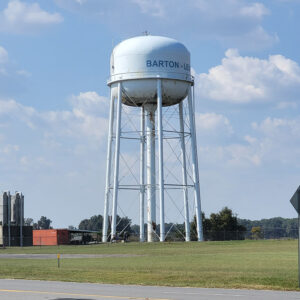 Barton-Lexa Water Tower
Barton-Lexa Water Tower 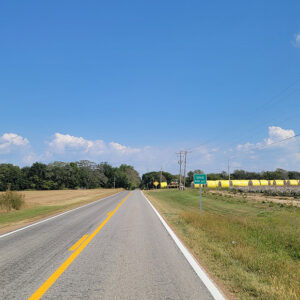 Entering Lexa
Entering Lexa  Lexa Church
Lexa Church 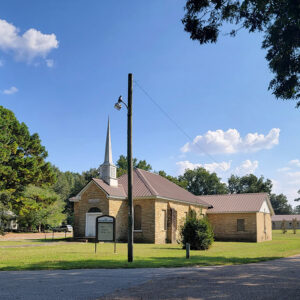 Lexa Church
Lexa Church 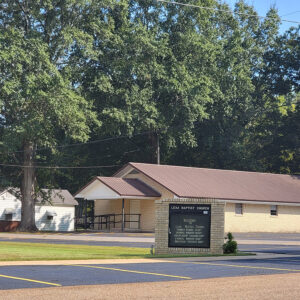 Lexa Church
Lexa Church  Lexa Church
Lexa Church 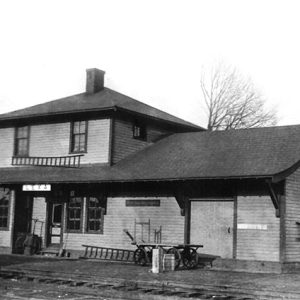 Lexa Depot
Lexa Depot 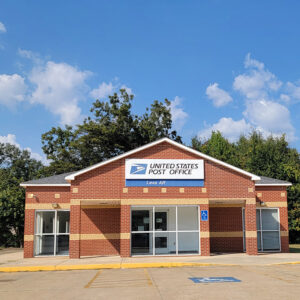 Lexa Post Office
Lexa Post Office 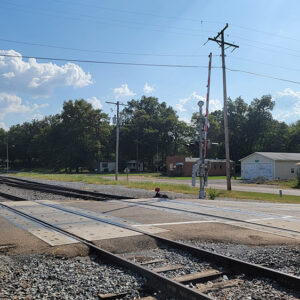 Lexa Street Scene
Lexa Street Scene  Lexa Street Scene
Lexa Street Scene  Old Lexa Post Office
Old Lexa Post Office 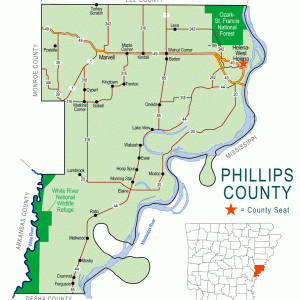 Phillips County Map
Phillips County Map 




Comments
No comments on this entry yet.